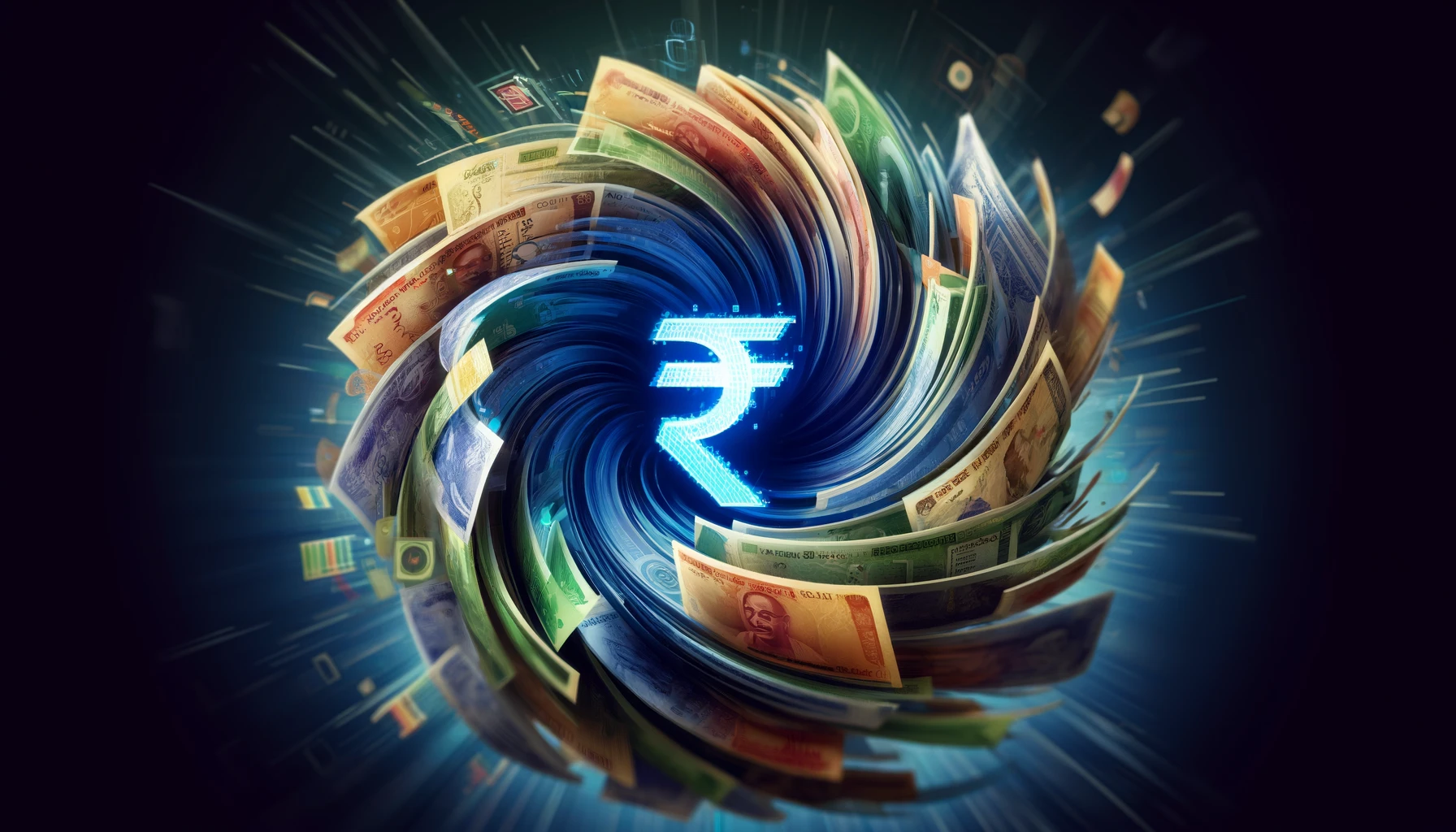India continues to be shady, gets into currency manipulation
1
0

Ah boy. India faces allegations for the third time this year of intentionally selling off US dollars to prevent a drop in its currency value, according to a recent report by Reuters. This manipulation led to a dramatic swing in the Indian rupee, which hit a record low of 83.61 against the dollar this week, only to recover slightly to 83.50.
Suspected Interventions
Market observers suggest that the rupee’s abrupt recovery was no coincidence but likely orchestrated by influential market players, possibly including the Reserve Bank of India (RBI). The maneuver aimed to shield the rupee against further losses against the strengthening US dollar. Historically, India, alongside fellow BRICS nations China and Russia, has faced criticism for such interference in currency markets.
These countries often engage in foreign exchange strategies that involve shedding US dollars to support their local currencies. Sources indicate that the RBI might have been actively dumping dollars in the forex market to curb the rupee’s decline. A confidential source within the forex market was quoted saying, “Like yesterday, they (state-run banks) are again on the offer consistently,” highlighting a pattern of intervention by Indian banks.

Economic Aspirations and Currency Struggles
Despite BRICS’ collective ambition to lessen their reliance on the US dollar, it continues to dominate. The rupee, along with the Chinese yuan and Japanese yen, struggles to significantly impact the dollar’s stronghold. This ongoing battle occurs as India positions itself to outpace Japan’s economy by 2025, becoming the world’s fourth-largest economy with a projected GDP of $4.3398 trillion, slightly over Japan’s expected $4.3103 trillion.
The Indian economy’s growth projections by the IMF show an advancement from previous estimates, with India expected to surpass Japan a year earlier than initially thought. The depreciation of the Japanese yen against the dollar is anticipated to hasten Japan’s economic regression, pushing it from fourth to fifth place globally.
From the beginning of 2023, the rupee has been relatively stable at around 83 rupees per dollar, an apparent result of ongoing interventions by the RBI. The IMF has noted that the level of intervention by Indian authorities likely exceeds what is necessary, a claim the Indian central bank disputes, arguing that the IMF’s analysis is flawed and overly focused on short-term trends.
India, which overtook Japan in domestic automobile sales in 2022, is predicted by the IMF to become the world’s third-largest economy by 2027, surpassing Germany. This growth is supported by a rising population and a recovering economy post-COVID-19, with the RBI forecasting a 7% real GDP growth for the fiscal year 2024.
Elections Amid Economic Turbulence
With the world’s largest election looming, where over 960 million Indians will vote, the current government under Prime Minister Narendra Modi aims for a third term. Modi’s tenure, which began in 2014, was initially marred by slow economic growth and high-profile corruption cases that dampened investor confidence. However, recent government releases suggest a significant reduction in poverty levels in 2022, though the data behind these claims remains unpublished for independent analysis.
The absence of recent official data on poverty and employment, which forces analysts to rely on less dependable sources, has created uncertainty about the true state of India’s economic disparities. This lack of transparency has been a point of contention, as India was once renowned for its advanced and comprehensive household surveys.
1
0






